In 2020, many brands shifted to an e-commerce model to continue to serve customers and scale businesses during the pandemic. The benefits of opening an e-commerce shop are many, and with projections showing that $469 million in US retail sales are expected to come from e-commerce this year, we think it’s an option worth considering. Not only can e-commerce enable you to reach and sell to global audiences, the overhead costs are minimal, and sales can be made day or night.
Before diving into how and why to launch your own digital shelf, we encourage you to set aside plenty of time for market research. All great businesses begin with and are sustained by research. Those hours spent setting brand goals, understanding your industry and defining target audiences are the backbone of any successful business, and e-commerce is no different. Once you are equipped with this knowledge and have a solid understanding of your market and your brand, you’re ready to begin!
- Find your classification.
Examine the three traditional e-commerce categories of B2C (business to consumer), B2B (business to business) or C2C (consumer to consumer). Which e-commerce model fits your business? Each model carries its own unique challenges and benefits, so take the time to decide how your business will operate. This information will also greatly influence the e-commerce platform you choose.
- Select your revenue model.
While wholesale and private labeling models may be familiar options, don’t forget about other creative types of revenue models like drop-shipping or white labeling. Examine the benefits of each model and see which one fits the products your business offers.
- Claim your domain.
Remember that the domain name you choose will be the online touchpoint for all future customers, so it should be memorable and relevant to your brand. We suggest purchasing and registering your domain from a provider that offers free domain transfer, as you will likely need to host your domain on a separate e-commerce platform.
- Choose your platform.
From Shopify to Weebly, deciding which of the 370+ e-commerce platforms best fits your business can be overwhelming. Consider your long-term goals and needs, focusing on the types of products or services you sell and the level of support and analytics you prefer.
- Stock your shelves.
It’s finally time to get your digital store up and running! Consider the products your business offers to keep your digital shelves true to your brand’s goals and style. Choose relevant images and themes that will speak to your target audience and bring your online store to life. Remember to add plenty of product detail, and don’t forget about SEO and payment processing.
- Maintain and scale.
Growing your e-commerce shop requires product management, inventory monitoring and order tracking—jobs that are easily accomplished by technology. Implementing a digital inventory system ensures that your products are always in stock and offered at the best possible price.
Even as retail storefronts are beginning to reopen, modern e-commerce will continue to grow. Nationwide retail sales are expected to surpass $563 million within the next four years, and your e-commerce store could be a part of that trend.
Do you need support opening or scaling your digital products or shop? Reach out! (spark) is always here, ready to ignite and energize your business growth.


